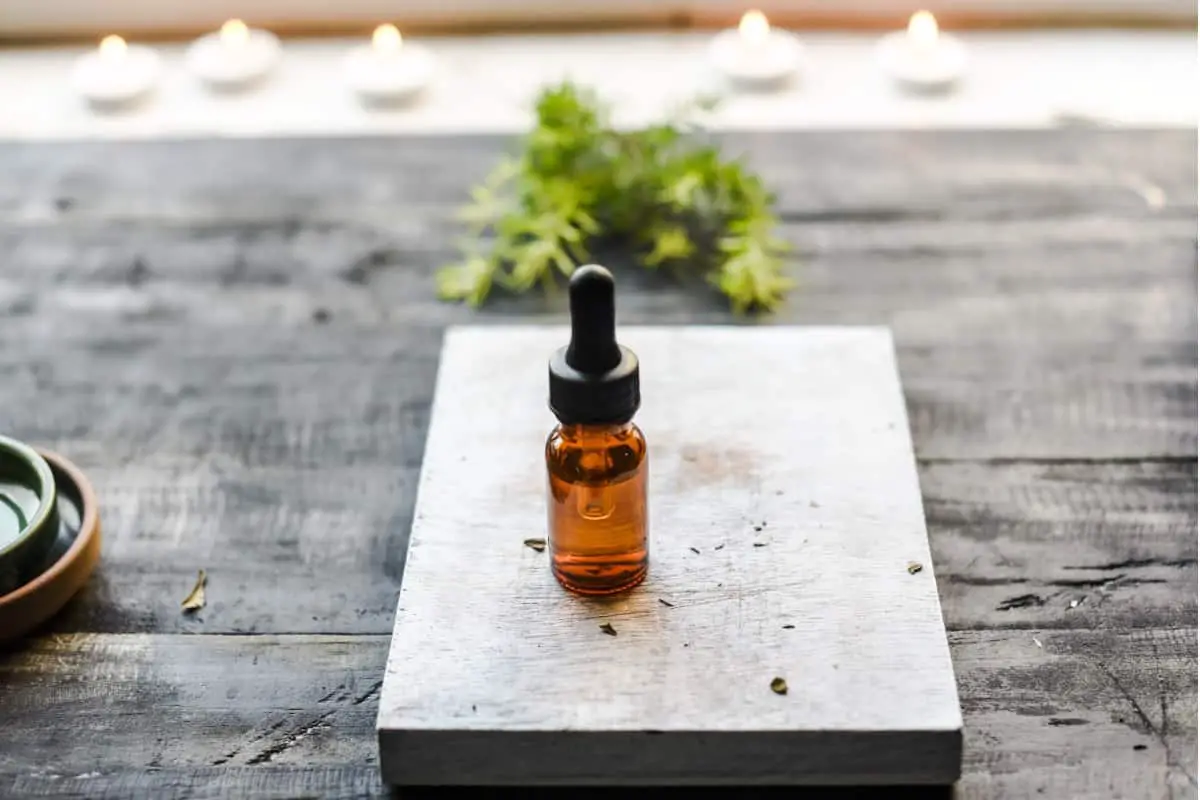Adding essential oils to our beloved candles is very critical. We all have that terror to destroy our next candle after the nice and neat work of preparation. After experimenting with different waxes and several essential oils, I come up with this table that is the basis of Selkie Traveller’s candles!
When it comes to soy wax candles, I always add essential oils when the melted wax cools down at around 60°C (140°F). For beeswax, paraffin and gel wax candles, instead, I noticed that a higher temperature point creates a stronger blend – the temperature to add essential oils for those waxes is around 70°C (158°F).
| Wax | Melting Point | Pouring Point | Add Essential Oils |
|---|---|---|---|
| Soy Wax | 62°C (144°F) | 70°C (158°F) | 60°C (140°F) |
| Beewax | 50°C (122°F) | 75°C (167°F) | 70°C (158°F) |
| Paraffin Wax | 57°C (135°F) | 75°C (167°F) | 70°C (158°F) |
| Gel Wax | 70°C (158°F) | 75°C (167°F) | 70°C (158°F) |
We had to come up with our table because there are so little information around and, yet, so many are misleading online, for example, people who claim to add fragrance oil at their flash point, crazy right?!
Let’s understand why temperature is so important in our crafting process…
Essential Oils: Why Does Temperature Matter?
Essential oils are volatile concentrated liquids that contain the “essence” of a plant-based fragrance and are the perfect match for creating soothing candles. The adjective I’ve just used, “volatile” (evaporates easily), is the main reason why temperature is key when we are in the process of adding essential oils into our warm and melted wax.
Before diving into the disastrous outcomes of using and higher and even lower temperatures, I’d like to dissect these oils to understand better their qualities and how we can combine them to achieve a better scent for our candles.
We can subdivide essential oils through their fragrance notes:
- top: these notes are the most volatile, and you perceive those molecules as soon as you open the essential oil bottle, giving you an immediate scent impression
- mid: the molecules behind these medium notes are less volatile and take a bit longer to evaporate
- base: the base fragrance note is represented by heavier molecules that, along with the medium notes, encapsulate the real essence of the essential oil fragrance.
Now let’s understand the table I posted just above. As said before, those are the numbers that I collected during all our experiments. The table summarises plenty of successful experiments in achieving both a good blend with wax and essence oil as well as a great scent when the candle is burning.
Melting points represent the temperature at which the wax starts melting; these numbers are easy to find, most of the time, they are written even in their package. When the wax starts melting, the temperature increases because it takes a few minutes to melt all the wax, this is quite an important step to monitor because we don’t want to have the temperature too high while we are melting because it’s dangerous and also may affect the aesthetic of the candle itself (i.e. high-temperature may cause a change of colour for beeswax candles)
When the wax is fully melted we want to wait until it cools down to its pouring point. What I do at this moment is: I put the wax into a pouring pincher with another thermometer inside, and I monitor the temperature going down until it’s the right time to add the essential oils I selected for that specific candle.
Soy wax is the one I use the most, and I found out the perfect blend and scent to add essential oil is at 60°C (140°F). For the other kind of wax, beeswax, paraffin and gel wax instead, I keep the temperature in a slightly higher range around 70°C (160°F), because I noticed it facilitates to have a better blend with the essential oils.
By catching the right temperature for adding our essential oils to the candles, we end up with:
- a better blend of essential oil’s fragrance and wax: this means that the oil is distributed evenly within the whole solid candle
- an enhanced scent: we have maximised the essential oil’s fragrance contained in the solid candle, and we didn’t burn it off while mixing it with a too high-temperature melted wax.
Adding essential oils at lower temperatures is also something that has to be avoided at all costs. When the wax is too cold but still liquid, and we add essential oils in it and, stir we won’t achieve a good blend of wax and scent, resulting in a candle with inconstant scent throw while it burns.
One thing I found quite astonishing, though, is that there is in our community a bit of misunderstanding on the difference between a fragrance and essential oil. Worth double checking if we are all on the same page…
Wondering if adding essential oils can cause problems to the wick? Check out this guide we wrote about the world of wicks!
Difference Between Essential & Fragrance Oils
Let’s get this straight: fragrance oil and essential oil aren’t the same things. Sometimes when we look on the web, we find the two terms used as synonyms: they are NOT! They are quite the opposite in several dimensions such as composition, scent throw, costs and dangers.
Composition
Essential oils are 100% natural and pure extracts of plant-based fragrances, while fragrance oils are a blend of synthetic chemical aromas, resins and essential oils.
The first is made through steam distillation and solvent extraction, while fragrance oils are made in laboratories with added chemicals to enhance the fragrance and let it last longer. Pretty much every fragrance can be replicated in laboratories, hence the list of fragrance oils is way longer than the essential oil one.
Scent Throw
The scent throw is a common term in candle making and represents the measure in which a candle propagates the essential or fragrance oil scent when it is burning. To be fair the term can be subdivided into two distinct categories cold and warm throw. Before comparing how the two oils are different in terms of throw, let me explain these two categories:
- cold throw, the intensity of the scent before lighting the candle (when you smell it after removing the lid)
- warm throw, the intensity of the scent when the candle is burning
Considering the above-mentioned subdivision, essential oils compared to fragrance oils underperform in both cold and warm scent throw.
Fragrance oils made with chemical synthesis are manufactured to last and are way less sensitive to temperature. Essential oils, instead, are very sensitive to temperature, and they can easily evaporate if it is too high.
In candle making, if you are willing to use all-natural and organic products you are somehow OK with the compromise of leaving a bit of fragrance out of the game.
Tip: Nothing stops us to blend the two oils. For example, you could blend 80% essential oils and 20% fragrance oil to enhance the overall candle scent. It would be an interesting experiment to make!
Costs
Buying essential oils is pretty much the main big expense if you are starting your candle making hobby or business. Their making process is expensive, hence the shelf price makes a distinction compared to fragrance oils.
The adoption of fragrance oils is also the wide representation of this price difference, and the majority of people isn’t aware of what means in term of breathing fragrance oils vs essential oils.
Dangers
Making candles with essential oils doesn’t add up additional dangers. We are burning natural extracts of plants after all. That’s why essential oils are intensively used in aromatherapy to achieve psycho-physical balance.
On the other hand, fragrance oils don’t have the benefits of essential oils, since are synthetic extracts but they might have dangerous chemicals that are released and inhaled when burning a candle.
So, even if there is a benefit in making candles with fragrance oils to have cheaper, more scented and long-lasting candles I do prefer to keep my creations natural and I only use organic essential oils.
Of course, this is just a personal choice and there are plenty of great examples of fragrance oil-based candle and even blends that are worth trying and even experiment with.



